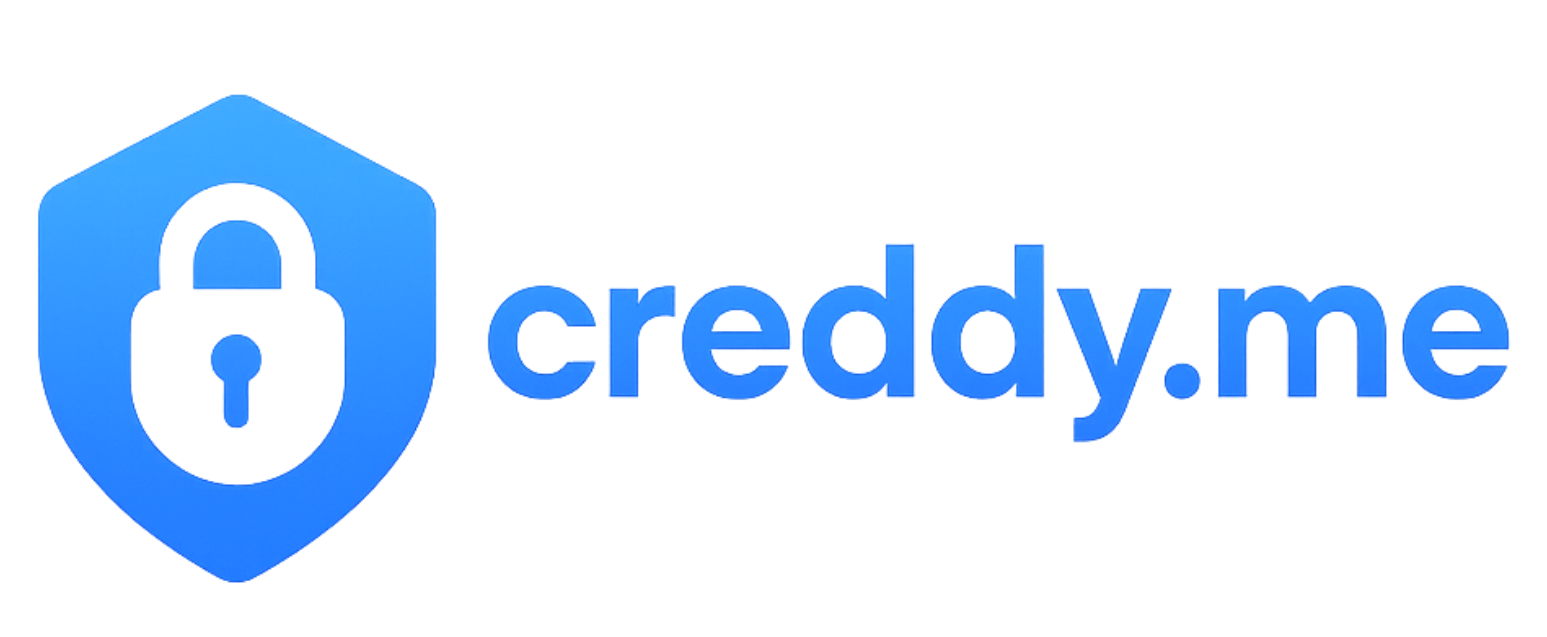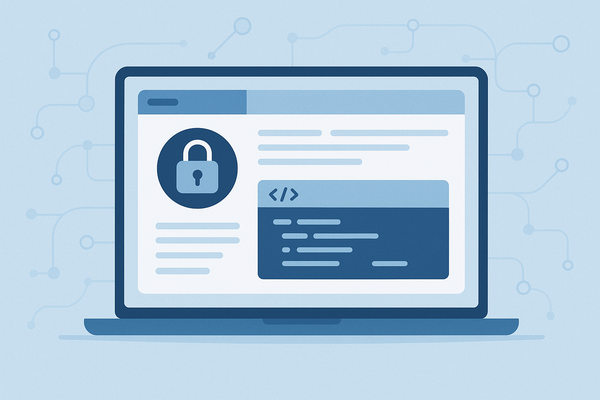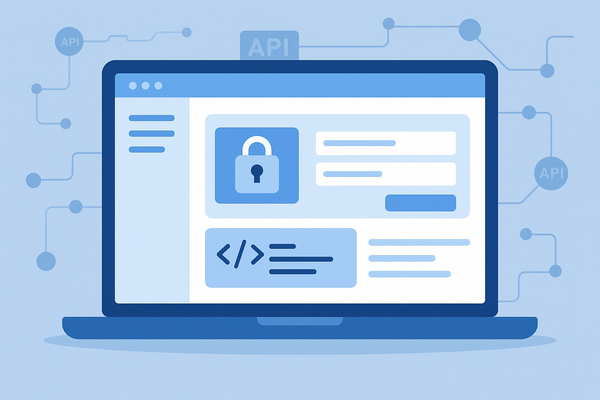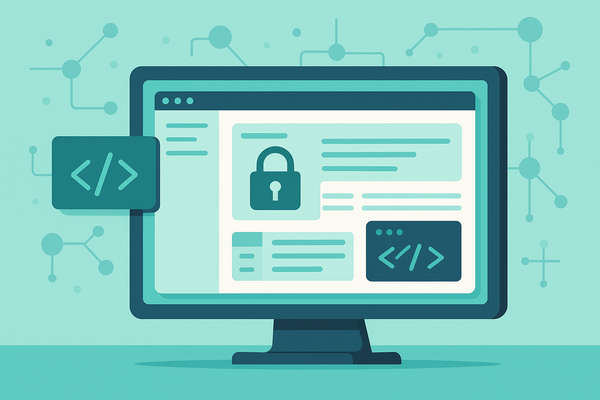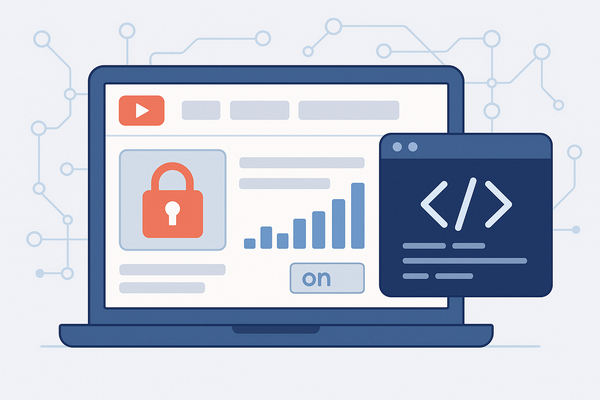How to Get Gmail API OAuth 2.0 Credentials - Step-by-Step Setup Tutorial
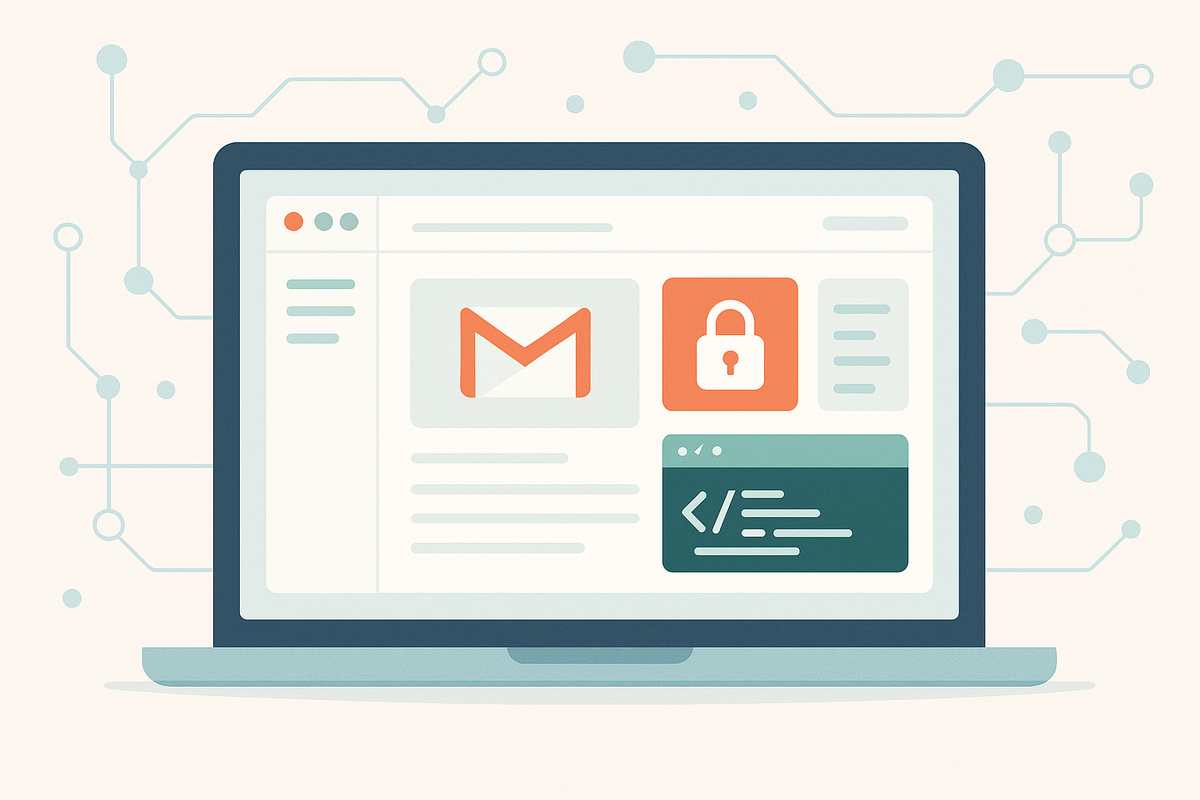
How to Get Gmail API OAuth 2.0 Credentials - Step-by-Step Setup Tutorial
Ever been excited to connect your app to Gmail, only to hit a wall when you realize you need something called "OAuth 2.0 credentials"? You're not alone! Many developers and business owners find themselves scratching their heads at this step, wondering what exactly these credentials are and why they're needed. The good news is that OAuth 2.0 credentials are actually your ticket to seamlessly integrating with Gmail's powerful API. Think of them as a special handshake between your application and Gmail that says "Hey, this app is trustworthy and has permission to access user data." Once you have these credentials, you'll be able to read emails, send messages, manage labels, and much more through your application.
What's a Gmail OAuth 2.0 Credential? (The Simple Version)
Think of Gmail OAuth 2.0 credentials as a special digital key that allows your application to securely communicate with Gmail on behalf of your users. Instead of users having to share their actual Gmail passwords (which would be a security nightmare!), OAuth 2.0 creates a secure bridge between your app and Gmail's servers.
Here's what these credentials enable you to do:
- Read and send emails programmatically
- Access user's Gmail inbox, sent items, and drafts
- Manage email labels and filters
- Search through email content
- Automate email workflows and responses
- Build email analytics and reporting tools
The beauty of OAuth 2.0 is that users maintain control over their data while still allowing your application to perform authorized actions. It's like giving someone a temporary, specific key to your house instead of making a permanent copy.
Ready to Generate Your OAuth 2.0 Credentials?
Let's walk through the process step by step. This tutorial will show you exactly how to set up your Gmail API OAuth 2.0 credentials in the Google Cloud Console.
Pro tip: Once you've generated your credentials, copy and store them securely. You'll need both the client ID and client secret for your application to authenticate with Gmail's API.
Are you a service provider looking to collect credentials from your clients? Try Creddy.me for free and collect your credentials in minutes, not days.
Why Would You Want This OAuth 2.0 Credential Anyway?
The 'Aha!' Moments:
🔥 Automated Email Marketing → Connect your CRM to Gmail → Automatically send personalized follow-up emails → Watch your conversion rates soar as you nurture leads without lifting a finger.
📊 Email Analytics Dashboard → Pull Gmail data into your analytics tool → Track open rates, response times, and email patterns → Get insights that help you optimize your communication strategy.
🤖 Smart Email Assistant → Integrate AI with Gmail API → Automatically categorize, prioritize, and even draft responses → Transform your inbox from chaos to organized productivity.
📋 Client Communication Hub → Sync Gmail with your project management tool → Automatically log client emails → Create tasks from important messages → Never miss a client request again.
Real-World Integration Examples:
- Salesforce - Sync emails with customer records and track communication history
- Slack - Get email notifications in channels and share important messages
- Trello - Convert emails into cards and attach relevant messages to projects
- HubSpot - Automatically log email interactions and trigger marketing workflows
- Zapier - Connect Gmail to thousands of other apps with automated workflows
Keep Your OAuth 2.0 Credentials Safe (It's Easier Than You Think)
Your Gmail OAuth 2.0 credentials are valuable, but keeping them secure doesn't have to be complicated. Here are the golden rules:
- Never commit to version control - Store credentials in environment variables or secure config files
- Use HTTPS everywhere - Always ensure your redirect URLs and API calls use secure connections
- Rotate regularly - Generate new credentials periodically, especially if you suspect they might be compromised
- Limit scope permissions - Only request the Gmail permissions your application actually needs
Quick Test: After setting up your credentials, try a simple API call to verify everything is working correctly before building your full integration.
The Professional Way to Collect Client Credentials
"Hey, I need your Gmail API credentials to set up the integration." "Um, my what now? How do I get those?" Sound familiar? If you're a service provider, you've probably had this conversation more times than you can count.
What if there was a better way? Instead of sending clients lengthy tutorials and hoping they follow through, you could simply send them a link where they can securely generate and share their credentials with you in minutes.
That's exactly what Creddy.me does. Picture this: You send your client a simple link, they follow a guided process to generate their Gmail OAuth 2.0 credentials, and boom - you receive them securely in your dashboard. No more back-and-forth emails, no more screenshots of error messages, no more project delays.
The difference is night and day. Before: weeks of coordination and frustration. After: credentials collected in minutes, happy clients, and projects that actually start on time. Ready to make credential collection effortless? Try Creddy.me today.
What's Next?
Congratulations! You now have your Gmail API OAuth 2.0 credentials and understand how to use them securely. This opens up a world of possibilities for email automation, analytics, and integration with your favorite tools. Remember, Gmail is just one of the 200+ platforms that Creddy.me supports, so whether you're building integrations for clients or managing your own API credentials, we've got you covered. Start exploring what's possible today.
